AMERICAN CROSSROADS
Edited by Earl Lewis, Geor e Lipsitz, Pe
e Lipsitz, Pe
 y Pascoe, George Snchez, and Dana Takagi
y Pascoe, George Snchez, and Dana Takagi
- Border Matters: Remapping American Cultural Studies, by Jos David Saldvar
- The White Scour
 e: Mexicans, Blacks, and Poor Whites in Texas Cotton Culture, by Neil Foley
e: Mexicans, Blacks, and Poor Whites in Texas Cotton Culture, by Neil Foley - Indians in the Making: Ethnic Relations and Indian Identities around Pu
 et Sound, by Alexandra Harmon
et Sound, by Alexandra Harmon - Aztln and Viet Nam: Chicano and Chicana Experiences of the War, edited by George Mariscal
- Immigration and the Political Economy of Home: West Indian Brooklyn and American Indian Minneapolis, 1945-1992, by Rachel Buff
- Epic Encounters: Culture, Media, and U.S. Interests in the Middle East since 1945, by Melani McAlister
- Contagious Divides: Epidemics and Race in San Francisco's Chinatown, by Nayan Shah
- Japanese American Celebration and Conflict: A History of Ethnic Identity and Festival, 1934-1990, by Lon Kurashige
- American Sensations: Class, Empire, and the Production of Popular Culture, by Shelley Streeby
- Colored White: Transcendin
 the Racial Past, by David R. Roediger
the Racial Past, by David R. Roediger - Reproducing Empire: Race, Sex, Science, and U.S. Imperialism in Puerto Rico, by Laura Briggs
- meXicana Encounters: The Making of Social Identities on the Borderlands, by Rosa Linda Fregoso
- Popular Culture in the A
 e of White Flight: Fear and Fantasy in Suburban Los An
e of White Flight: Fear and Fantasy in Suburban Los An eles, by Eric Avila
eles, by Eric Avila - Ties That Bind: The Story of an Afro-Cherokee Family in Slavery and Freedom, by Tiya Miles
- Cultural Moves: African Americans and the Politics of Representation, by Herman S. Gray
- Emancipation Betrayed: The Hidden History of Black Organizing and White Violence in Florida from Reconstruction to the Bloody Election of 1920, by Paul Ortiz
- Eu
 enic Nation: Faults and Frontiers of Better Breeding in Modern America, by Alexandra Stern
enic Nation: Faults and Frontiers of Better Breeding in Modern America, by Alexandra Stern - Audiotopia: Music, Race, and America, by Josh Kun
- Black, Brown, Yellow, and Left: Radical Activism in Los An
 eles, by Laura Pulido
eles, by Laura Pulido
Black, Brown, Yellow, and Left
RADICAL ACTIVISM IN LOS ANGELES
LAURA PULIDO
UNIVERSITY OF CALIFORNIA PRESS
Berkeley Los Angeles London
University of California Press
Berkeley and Los Angeles, California
University of California Press, Ltd.
London, England
2006 by The Regents of the University of California
Library of Congress Cataloging-in-Publication Data
Pulido, Laura.
Black, brown, yellow, and left : radical activism in Southern California / Laura Pulido.
p. cm. (American crossroads ; 19)
Includes bibliographical references and index.
ISBN 0-520-24519-9 (cloth : alk. paper)ISBN 0-520-24520-2 (pbk. : alk. paper)
1. RadicalismCaliforniaLos AnglesHistory20th century. 2. Right and left (Political science) 3. African AmericansCaliforniaLos AngelesPolitics and government20th century. 4. Mexican AmericansCaliforniaLos AngelesPolitics and government20th century. 5. Japanese AmericansCaliforniaLos AngelesPolitics and government20th century. I. Title. II. Series.
HN79.C23A-Z.R368 2006
305.8'009794'909047dc22 2005002624
Manufactured in the United States of America
14 13 12 11 10 09 08 07 06
10 9 8 7 6 5 4 3 2 1
Printed on Ecobook 50 containing a minimum 50% post-consumer waste, processed chlorine free. The balance contains virgin pulp, including 25% Forest Stewardship Council Certified for no old growth tree cutting, processed either TCF or ECF. The sheet is acid-free and meets the minimum requirements of ANSI/NISO Z39.48-1992 (R 1997) (Permanence of Paper). 
This book is for Mike
The publisher gratefully acknowledges the generous contribution to this book provided by the Lisa See Fund in Southern California History.
Illustrations
FIGURES
MAPS
Tables
Acknowledgments
I have benefited from the wisdom, experience, and generosity of many people in writing this book. This project required me to go beyond the familiar territory of Chicana/o and Latina/o studies, which was not always easy. This process was greatly facilitated, however, by people like Tony Osumi and Jenni Kuida, who know most politically active Japanese Americans in Los Angeles, as well as by Ruthie and Craig Gilmore, who listened to my ram-blings about this project for years, while sharing their extensive library, ideas, and contacts, and who provided a base for fieldwork in Northern California. Special thanks also to Pierrette Hondagneu-Sotelo, Lisa Duran, and Jim Lee, who, besides reading portions of the manuscript, have listened and supported me through the various trials and tribulations it entailed.
Numerous individuals have also contributed their particular expertise or resources to this project. Special thanks to the Yamashita-Oliveras family for providing housing in Northern California; Craig Gilmore and my mom for being wonderful baby-sitters; Clyde Woods for his encouragement and encyclopedic knowledge of the civil rights movement and Black studies in general; Steven Murashige for graphic assistance; Cynthia Cuza, Lian Hurst Mann, Mark and Kathy Masaoka, and Merilynne Quon for sharing documents; Diane Fujino, Dan Hosang, Lon Kurashige and his Asian American History seminar, John Laslett, George Lipsitz, Manuel Pastor, Merilynne Quon, Dana Tagaki, Howard Winant, and two anonymous reviewers for reading and commenting on the manuscript or portions of it; Gloria Gonzalez-Lopez for introducing me to the literature on Chicana sexuality; Shirley Hune for her insights on gender and Asian American women; Jennifer Wolch for endless urban citations; Lisa Lowe, Jorge Mariscal, Betita Martinez, and Melissa Gilbert for their early encouragement of this project; and Miriam Ching Louie for generously allowing me to borrow the title of her paper for this book.
Funding for this project was provided by the Southern California Studies Center at the University of Southern California (USC), for which I thank my colleague Michael Dear. I am extremely grateful for a fellowship from the Institute of American Cultures and the Cesar Chavez Research Center at the University of California, Los Angeles (UCLA), which provided a supportive environment in which I was able to write the first manuscript draft. Many thanks also to USC's Program in American Studies and Ethnicity, which provided me with funding for a research assistant, as well as to the Geography Department, which has been a supportive academic home, and especially to that department's amazing Billie Shotlow. I would also like to acknowledge the significant contributions of the following people who worked as research assistants on this project: Angel Gomez, Donna Houston, Hallie Krinski, Veronica Marin, Nate Sessoms, and Adrianne Stringer. These students tracked down materials, transcribed lengthy interviews, imposed order on an unruly bibliography and endnotes, and offered their insights and ideas.

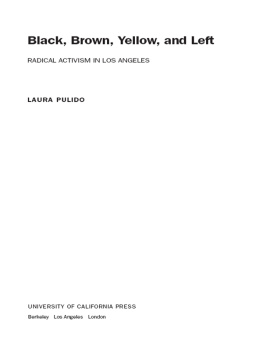



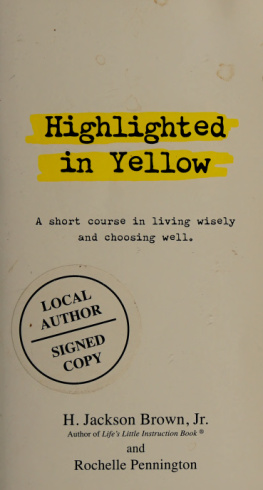
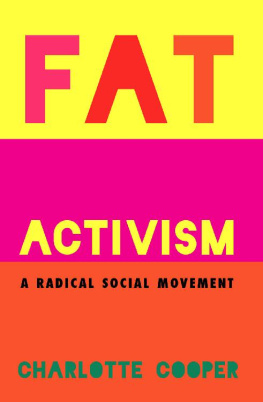
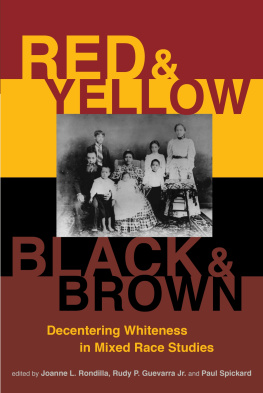

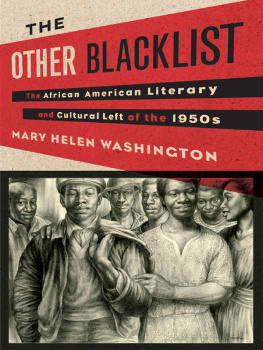

 e Lipsitz, Pe
e Lipsitz, Pe